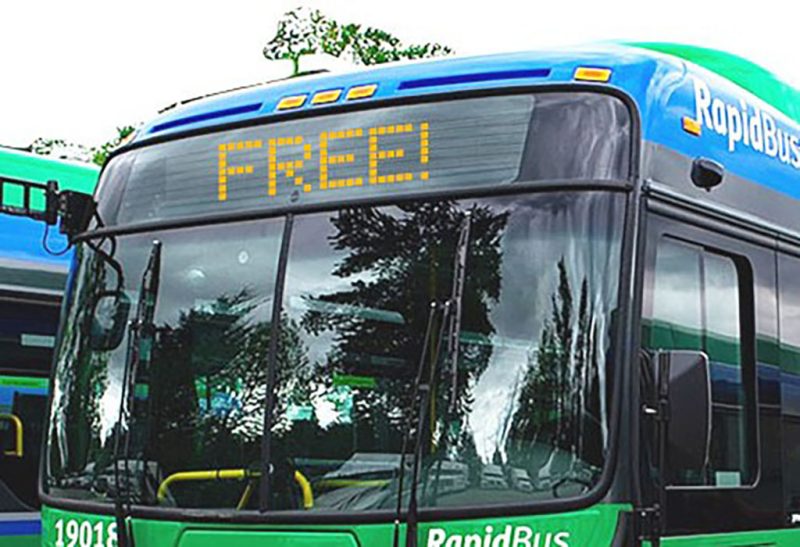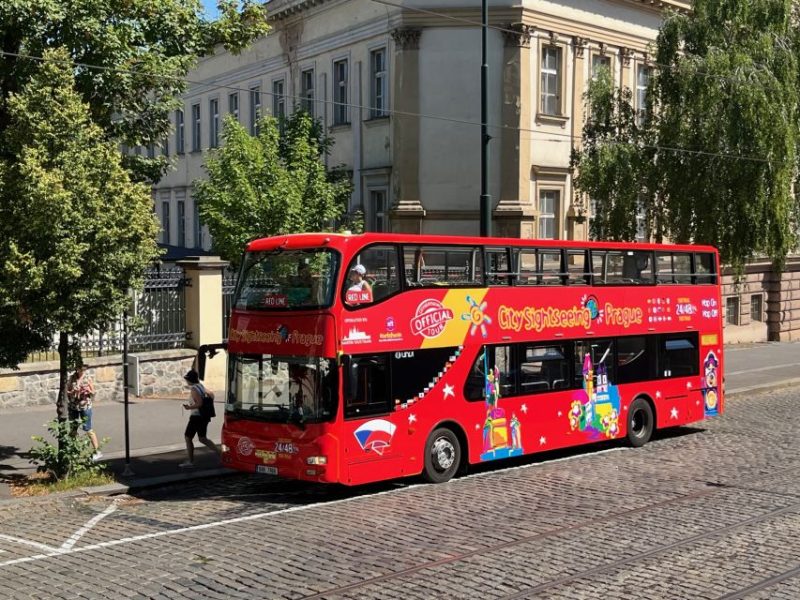As a frequent traveler to Rome, I have become well-acquainted with the city's public transportation system.
Navigating through the bustling streets of Rome can be overwhelming, but with the help of the metro and buses, getting around the city becomes much easier.
In this comprehensive guide, I will provide you with all the information you need to know about Rome's public transportation, including how to use the metro and buses, ticket options, and tips for a smooth journey.
Using the Metro in Rome
The metro is one of the most efficient ways to travel around Rome.
It consists of three lines: Line A (orange), Line B (blue), and Line C (green).
Each line covers different areas of the city, allowing you to reach popular tourist attractions and neighborhoods with ease.
Line A - Orange Line
Line A runs from Battistini in the northwest to Anagnina in the southeast.
It passes through major landmarks such as Vatican City, Spanish Steps, and Termini Station.
This line is particularly convenient for tourists as it connects many popular destinations.
When using Line A, keep in mind that it can get crowded during peak hours, especially near tourist hotspots.
If you want to avoid the crowds, consider traveling outside of rush hour.
Here are some key stations on Line A:
- Ottaviano - Vatican Museums: This station is the closest to Vatican City and the Vatican Museums. It provides easy access to St. Peter's Basilica and the Sistine Chapel.
- Spagna - Spanish Steps: Located near the iconic Spanish Steps, this station is perfect for exploring the luxury shopping district of Via Condotti.
- Termini: Rome's main train station, Termini, is a major transportation hub where Line A intersects with Line B. It is also a convenient starting point for exploring the city.
Line B - Blue Line
Line B runs from Rebibbia in the northeast to Laurentina in the southwest.
It passes through popular areas such as Colosseum, Circus Maximus, and EUR.
This line is ideal for those who want to visit historical sites and experience the vibrant atmosphere of Rome.
Similar to Line A, Line B can get crowded during peak hours.
If you prefer a more comfortable journey, consider traveling outside of rush hour.
Here are some key stations on Line B:
- Colosseo - Colosseum: This station is located right next to the Colosseum, one of Rome's most iconic landmarks. From here, you can easily explore the Roman Forum and Palatine Hill.
- Circo Massimo - Circus Maximus: Located near the ancient chariot racing stadium, this station provides easy access to Circus Maximus and the Aventine Hill.
- Eur Fermi: This station is situated in the EUR district, known for its modern architecture and business centers.
Line C - Green Line
Line C is the newest addition to Rome's metro system.
Currently, it only operates between Lodi and Monte Compatri/Pantano, with plans for further expansion.
This line is less frequented by tourists but can be useful if you want to explore the eastern part of the city.
Here are some key stations on Line C:
- San Giovanni: This station is located near the Basilica of St. John Lateran, one of Rome's major basilicas. It is also close to the Appian Way, an ancient Roman road.
- Malatesta: Situated in the Pigneto neighborhood, this station is known for its trendy bars and restaurants.
When using the metro, it's important to validate your ticket before entering the platform.
Ticket validation machines are located at the entrance of each station.
Failure to validate your ticket may result in a fine if you are caught by ticket inspectors.
Now that we have covered the metro, let's move on to Rome's bus system.
Using Buses in Rome
Rome's bus network is extensive and covers areas that are not served by the metro.
Buses are a great option for reaching destinations off the beaten path or exploring neighborhoods in a more leisurely manner.
There are several types of buses in Rome, including urban buses (ATAC), express buses (COTRAL), and night buses (N lines).
The ATAC buses are the most common and operate throughout the day.
Here are some key points to keep in mind when using buses in Rome:
- Bus stops are marked with a sign that displays the route number and the names of major stops along the route.
- Bus tickets can be purchased at tobacco shops, newsstands, or vending machines at metro stations. Remember to validate your ticket once onboard.
- During peak hours, buses can get crowded. If possible, try to avoid traveling during these times.
- Be aware of pickpockets, especially on crowded buses. Keep your belongings secure and be vigilant.
- Bus schedules can vary, especially on weekends and holidays. It's a good idea to check the schedule in advance or use a mobile app for real-time information.
Now that you know how to use the metro and buses in Rome, let's talk about ticket options.

Ticket Options
Rome offers various ticket options to suit different travel needs.
Here are the most common ticket types:
- Single Ticket: This ticket allows for one metro ride or 100 minutes of bus travel. It costs €1.50 and must be validated before boarding.
- 24-Hour Ticket: This ticket is valid for unlimited travel on the metro, buses, and trams for 24 hours from the time of validation. It costs €7.00.
- 48-Hour Ticket: Similar to the 24-hour ticket, this ticket is valid for 48 hours and costs €12.50.
- 72-Hour Ticket: This ticket is valid for 72 hours and costs €18.00.
- Roma Pass: The Roma Pass is a tourist card that includes free entry to selected museums and archaeological sites, as well as unlimited public transportation for 48 or 72 hours. Prices start at €28.00.
It's important to note that tickets are not sold onboard buses or at metro stations.
Make sure to purchase your ticket in advance and validate it before using public transportation.
Now that we have covered ticket options, let's move on to some tips for a smooth journey in Rome.
Tips for a Smooth Journey
Here are some tips to help you navigate Rome's public transportation system:
- Plan your route in advance: Use a map or a mobile app to plan your journey and familiarize yourself with the metro and bus routes.
- Check for service disruptions: Before heading out, check for any service disruptions or delays that may affect your travel plans. The official ATAC website or mobile app provides real-time information.
- Avoid rush hour: If possible, try to travel outside of peak hours to avoid crowded trains and buses.
- Keep an eye on your belongings: Rome, like any other major city, has its share of pickpockets. Keep your belongings secure and be cautious in crowded areas.
- Be patient: Public transportation in Rome can sometimes be unpredictable. Be patient and allow extra time for your journey, especially if you have a scheduled appointment or reservation.
By following these tips, you can make the most of Rome's public transportation system and explore the city with ease.

In Conclusion
Rome's public transportation system, including the metro and buses, is a convenient and efficient way to navigate the city.
Whether you're visiting popular tourist attractions or exploring off-the-beaten-path neighborhoods, the metro and buses will take you where you need to go.
Remember to plan your route in advance, purchase and validate your tickets, and be aware of your surroundings.
With these tips in mind, you'll have a smooth and enjoyable journey through the Eternal City.
